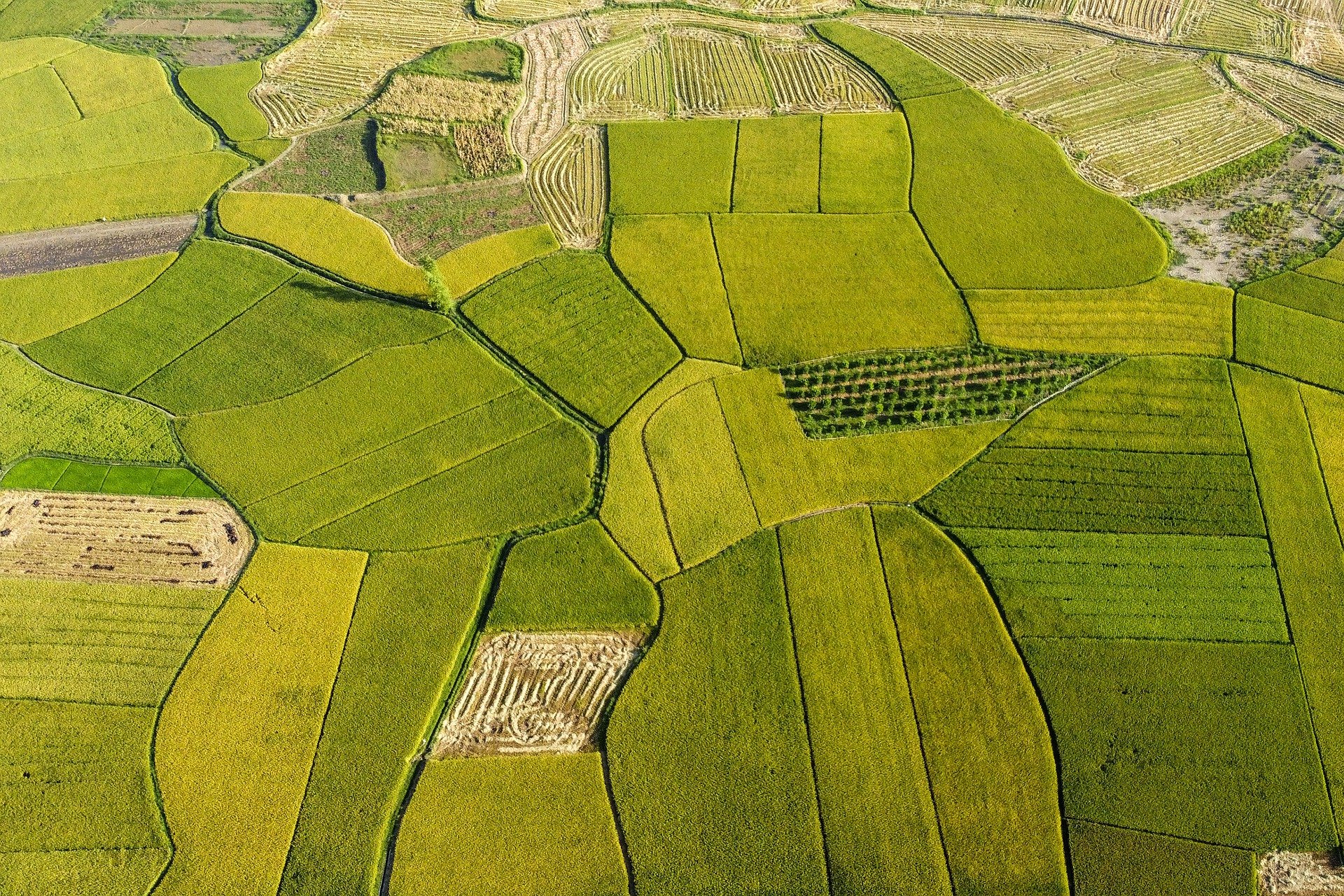
Rice fields
The United Nations estimates that around 735 million people are facing hunger, an increase of 122 million from 2019.
The underlying reason why the war in Ukraine has had such a significant impact on global food security is that the world is precariously dependent on only a handful of staple food crops: just six crops – rice, wheat, maize (or corn), potato, soybeans, and sugarcane – account for more than 75 per cent of total plant-derived energy intake globally.
And yet, spikes in global hunger and malnutrition do not need to be the inevitable outcome of shocks like conflict and climate change. A range of alternative solutions exist that can improve the quality of diets and nutrition, while also reducing global dependency on a few staple crops and the countries that dominate their export.
By embracing diverse, underused, nutritious foods, countries can transform their food systems into healthy and sustainable ones.
In an opinion piece for The Telegraph, Ismahane Elouafi, FAO Chief Scientist, and Shakuntala Thilsted, director of nutrition, health and food security impact area platform for CGIAR and member of the HLPE-FSN Steering Committee 2021-2023, highlight why we must rethink and diversify our diets as we aim for Zero Hunger.